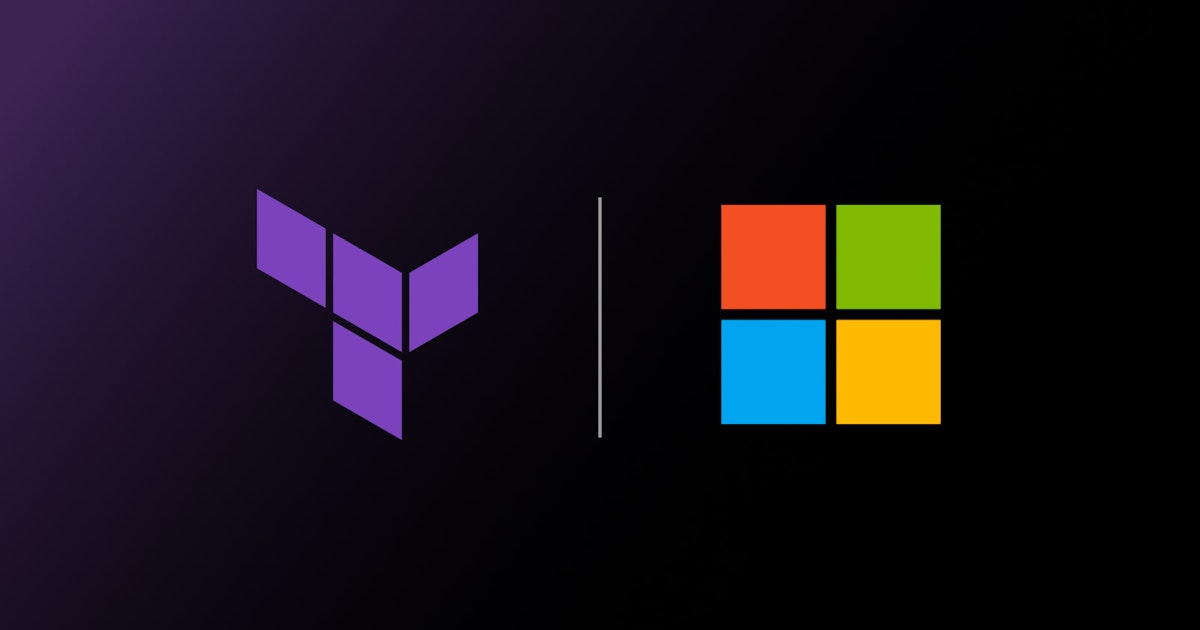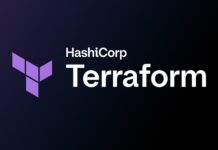In the rapidly evolving world of cloud computing, Azure services stand out as a leading choice for many organizations due to their robust capabilities and extensive range of features. To manage infrastructure on Azure effectively, Terraform users often rely on specific providers. Among these, Microsoft offers two prominent Terraform providers: AzureRM and AzAPI. Recently, the AzAPI provider reached its 2.0 version, prompting a deeper exploration into how it compares with the more established AzureRM provider. This article will serve as a comprehensive guide to help you understand the nuances of these two providers, helping you make informed decisions about which one best suits your needs.
Comparing AzureRM and AzAPI Terraform Providers
At a fundamental level, AzureRM is designed to provide a stable and thoroughly tested interface over Azure’s APIs. Its primary function is to handle the entire lifecycle of resources, including their creation, updates, and deletion, while managing any disruptive changes. This makes AzureRM an excellent choice for users who value stability and a simplified approach to configuration management.
In contrast, AzAPI is designed as a lightweight wrapper over Azure’s APIs. It offers direct and early access to the newest Azure features, allowing users to quickly adopt new services or find workarounds for any limitations they encounter with AzureRM. This makes AzAPI ideal for users who need the latest Azure functionalities as soon as they become available. Let’s delve deeper into what these differences mean in practical terms.
AzureRM: A Proven, Simplified Approach
AzureRM simplifies the complexity associated with managing Azure API versions. It acts as an abstraction layer, ensuring that all resources are compatible with each other and that configuration changes do not cause any unexpected issues. This is achieved through extensive testing, which ensures a stable experience for users who do not require constant updates or access to the latest API versions.
Key Benefits of AzureRM:
- Automatic API Versioning: AzureRM takes care of API version compatibility, making upgrades seamless and straightforward.
- Simplicity: The resource property names are intuitive and user-friendly. For instance, using
disk_size_in_gbinstead of justdisk_sizereduces the need to frequently consult Azure API documentation. - Comprehensive Documentation: AzureRM offers extensive resources, examples, and documentation for each service, facilitating easier onboarding and usage in projects.
AzureRM is the preferred choice for scenarios where stability is prioritized, complexity is minimized, and there is no pressing need for the latest features.
AzAPI: Cutting-Edge Access to Azure APIs
AzAPI offers a more streamlined layer, granting direct access to the latest Azure API versions the moment they are rolled out. This capability is particularly useful when you need prompt access to preview features that are not yet supported in AzureRM.
Key Benefits of AzAPI:
- Immediate API Access: Users can access the latest API versions for Azure resources, allowing teams to leverage new Azure services and features without delay.
- Targeted Resource Updates: With the
azapi_update_resourcefunction, specific resource properties can be modified without the need to upgrade the entire resource or provider. - Fine-Grained Control: AzAPI’s approach to resource versioning offers more precise control over infrastructure configuration, enabling users to select API versions that best meet their requirements.
AzAPI is recommended for scenarios where early access to new Azure features is crucial, or when granular control over resource versions is needed.
Documentation and Community Support
AzureRM boasts a more extensive collection of blog posts, community contributions, and official documentation. This wealth of resources makes it easier for new users to find examples and quickly get up to speed.
AzAPI, being newer, aligns more closely with Azure’s API structures, which can be advantageous for users who are already familiar with Azure’s Bicep or ARM templates.
When to Use Each Provider
Choose AzureRM if you value stability, simplicity, and automatic versioning. It is ideal for teams that aim to reduce the complexity of managing infrastructure and do not need immediate access to the latest Azure features.
Choose AzAPI if you require cutting-edge access to the newest Azure APIs or need to customize resource configurations without waiting for AzureRM updates. It is particularly suitable for teams that demand rapid innovation and detailed control over API versions.
Both providers offer a high-quality experience, supported by Microsoft and HashiCorp, and can be tailored to meet your specific needs. As your infrastructure evolves, you can transition between them effortlessly using tools like the upcoming Azure Terraform Migration tool,
aztfmigrate, which simplifies the process of adjusting your approach as your requirements change.For further insights, you may refer to Microsoft’s guide on Unlocking the Best of Azure with AzureRM and AzAPI Providers. This guide will help you determine when to use AzureRM versus AzAPI, ensuring you maximize your investment in Terraform and Azure infrastructure.
In conclusion, both AzureRM and AzAPI serve distinct purposes and cater to different user needs. By understanding their unique benefits and potential applications, you can make an informed choice that aligns with your organization’s infrastructure goals.
For more Information, Refer to this article.



































